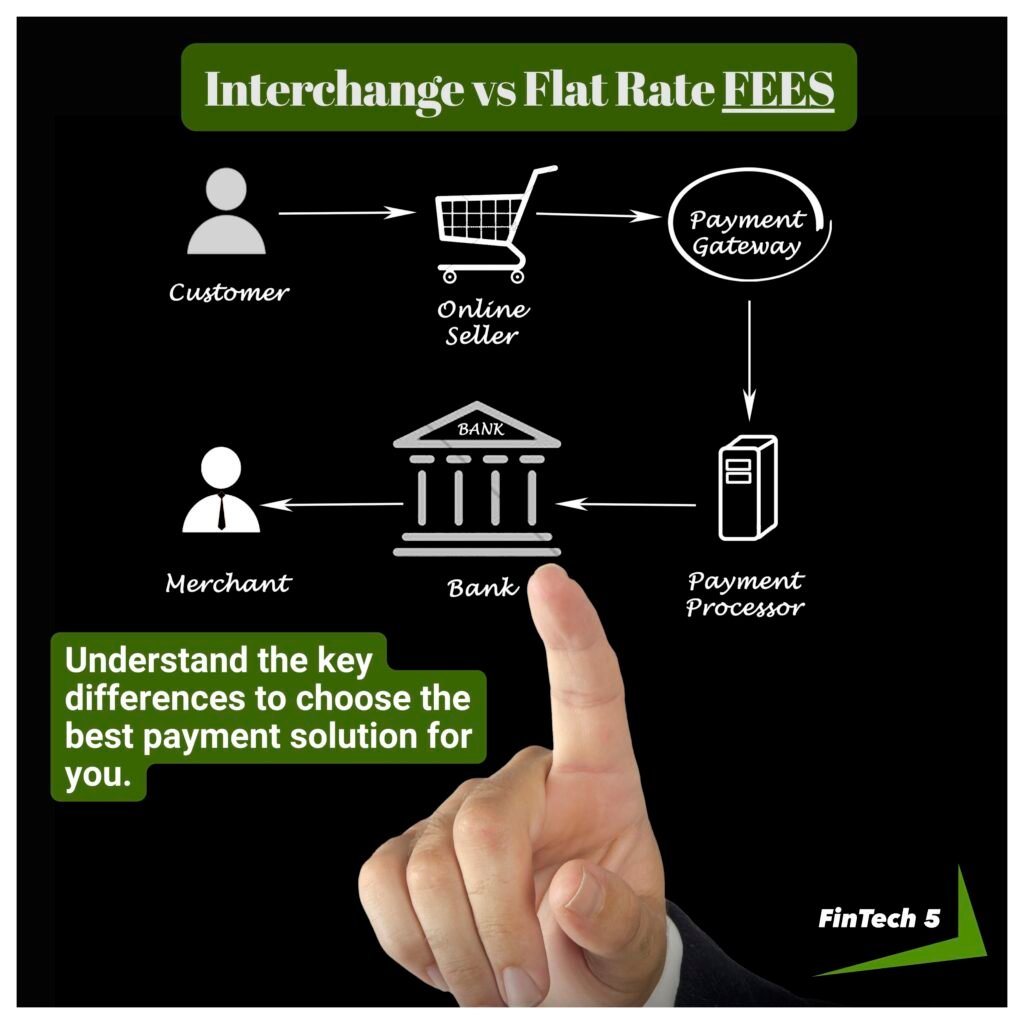
Introduction to Payment Fees
Payment fees are a critical aspect of financial transactions that businesses must navigate to succeed in an increasingly digital marketplace. These fees are charged by payment processors, banks, or credit card companies for facilitating electronic payments between buyers and sellers. Understanding these fees is paramount for businesses, as they directly influence the bottom line and can affect pricing strategies, profit margins, and overall financial health.
Broadly speaking, payment fees can be categorized into two main types: flat rate fees and interchange fees. Flat rate fees are straightforward; they offer businesses predictable costs for processing transactions, often appealing to small and medium-sized enterprises (SMEs) that prefer simplicity in their budgeting. On the other hand, interchange fees are more complex, varying based on multiple factors such as the card type, transaction amount, and the method of payment. This fee structure can be more difficult to predict, but it may offer cost savings for businesses that can navigate its intricacies effectively.
Furthermore, the choice between flat rate and interchange fees can significantly impact a business’s financial decisions. Companies must analyze payment options to identify which structure aligns best with their transaction volume and average sale size. Understanding the implications of these fees allows businesses to optimize their cash flow, enhance profitability, and improve their pricing strategies. Moreover, recognizing the significance of payment fees can empower business owners to negotiate better terms with payment processors or to seek alternative solutions that fit their operational needs.
In today’s fast-paced economy, having a clear understanding of payment fees is not merely advantageous; it is essential for sustainable growth and competitive advantage. By delving into the specifics of payment fees, businesses can make informed decisions that foster long-term financial stability.
Flat Rate Fees: Definition and Characteristics
Flat rate fees represent a straightforward payment processing model for businesses, characterized by a fixed percentage charged on each transaction, or a set amount per transaction, regardless of the transaction size. This fee structure provides businesses with a predictable expense model, which aids cash flow management. For example, a payment processor may charge a flat rate fee of 2.9% plus $0.30 for each sale. This means that whether a business sells a product for $100 or $10, the fee remains consistent, making budgeting easier.
The primary appeal of flat rate fees lies in their transparency. Businesses can easily calculate their costs and understand how fees impact their overall revenue. This is particularly beneficial for small and medium-sized enterprises (SMEs) that may not have the resources to navigate complex fee structures associated with more traditional models like interchange fees. In contrast to variable fees, which fluctuate with each transaction, flat rate fees eliminate surprises, thereby fostering strategic financial planning.
However, there are some drawbacks to consider. For businesses with a high average transaction value, the fixed percentage may lead to higher costs compared to interchange plus models, where the fees can vary based on the transaction specifics. For instance, a restaurant processing credit card payments may find that flat rate fees become burdensome as average checks increase. Additionally, while flat rate pricing is advantageous for stability, it may not always provide the best rates, especially for high-volume retailers who could benefit from negotiated lower rates based on transaction history.
Ultimately, the choice between flat rate fees and other pricing structures, such as interchange fees, will depend on the unique financial landscape each business operates within. Evaluating these models carefully can help business owners make informed decisions about their payment processing options.
Interchange Fees: Understanding the Dynamics
Interchange fees are a critical component of the payment processing system, serving as the transaction costs levied when a customer uses their credit or debit card. These fees are typically paid by the merchant’s bank to the cardholder’s bank, ensuring that both financial institutions are compensated for their services. Understanding interchange fees is essential for businesses aiming to optimize their payment processing expenses and enhance their overall financial strategy.
One of the primary factors influencing interchange fees is the type of card utilized for the transaction. Premium credit cards often carry higher interchange rates due to the reward programs and benefits they offer consumers. In contrast, standard debit cards generally incur lower fees. Additionally, the transaction volume plays a significant role in determining interchange fees; merchants with higher volumes may qualify for reduced rates as they present lower risk profiles to processors. Merchant risk is another crucial consideration, as businesses deemed higher risk, such as those in sectors with elevated fraud potential, may face increased interchange costs.
The intricacies involved in calculating interchange fees can vary widely depending on several factors, including the payment processor and card network. Each card network, such as Visa or Mastercard, maintains its own interchange fee schedule, which adds another layer of complexity for merchants to navigate. As these fees can significantly impact a business’s bottom line, understanding and managing them effectively is vital. To mitigate the effects of interchange fees, businesses can consider strategies such as optimizing transaction types, negotiating with payment processors for better rates, or leveraging technology to streamline payment processes. By doing so, merchants can better manage costs and maintain profitability within an increasingly competitive landscape.
Choosing the Right Fee Structure for Your Business
When determining the optimal payment fee structure, businesses must carefully assess their unique operational characteristics. The two predominant structures are flat rate and interchange fees, each of which has distinct implications for overall payment processing costs. The decision-making process begins with understanding the nature of your transactions, particularly focusing on transaction volume, average sale size, and specific business model.
If your business experiences a high volume of low-value transactions, the flat rate fee structure may offer cost savings and predictability. This is particularly relevant for businesses such as retail or e-commerce platforms, where sales can be frequent but individually low. On the other hand, if your transactions tend to be larger, such as in a B2B environment, interchange fees could result in lower overall costs. Since interchange rates are based on transaction size, businesses with high-value sales can often benefit from this model.
Another critical consideration is the billing structure. Flat rate fees simplify budgeting and cash flow management due to their predictable nature. However, businesses should also factor in how their pricing structure aligns with customer expectations. For instance, consumers might expect varying fees for different payment methods, which could influence purchasing decisions.
To analyze payment processing costs effectively, maintain a detailed record of transaction data, including the number of transactions and average amounts processed monthly. Additionally, run projections under both fee structures to identify which model provides the best financial advantage over time. Utilize online calculators or consult with payment processors to compare potential costs.
By taking a comprehensive approach to evaluating transaction patterns and processing costs, business owners can make informed choices that enhance profitability and ensure sustainability in payment operations.


